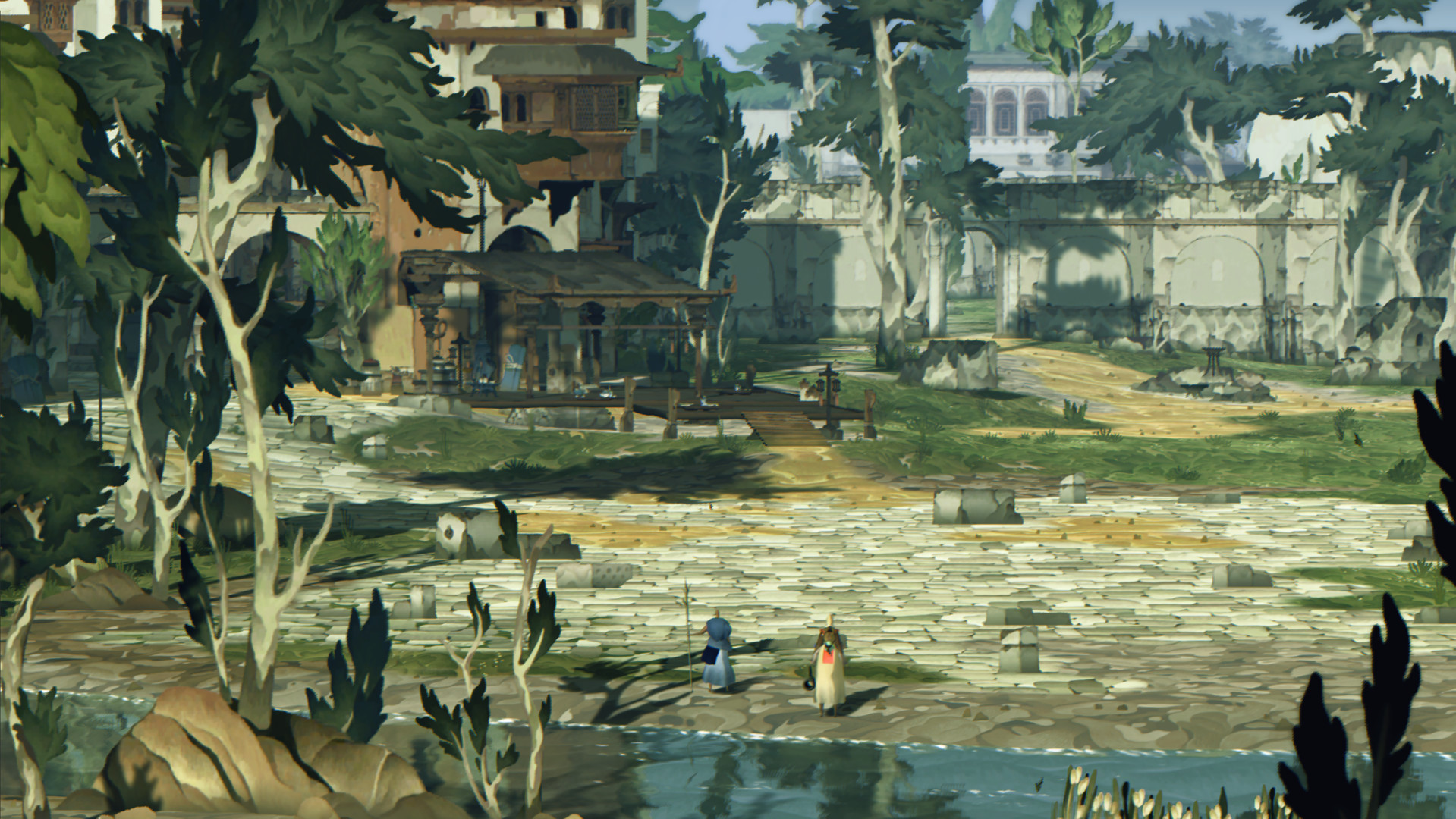
There's a night market you can only visit one night of the week, quest giving. That way day and night happens twice on the same day, but there is the same amount of day and night each day. We have winter in June, summer in December. The day and night cycle is tied to the server your character is on: US East and West, Europe, or Asia. If you live in Australia like me, it's the exact reverse. To add a final bit of confusion: I've been talking all along about the northern hemisphere. And, during summer, there will still be some night. Its just the fact that the cycle is tied to real time day and night. Hence the southern end of Greenland always gets at least some sun, even in the middle of winter. The idea of day and night is very cool, actually, as the same place can feel very different at different times. Greenland stretches from about $60^o$ to $85^o$ North. Further north more and more days are like that. or a night owl, you can celebrate at whatever time of the day, or night.

The Arctic Circle is the latitude where there will be a day without sun, and a day without night. Previously Harry Potter Book Night, we have rebranded the event to ensure that. That period gets longer by the day, until on a certain day the sun no longer sets at all, and you have 24 hour daylight. The exact day this happens depends on your latitude (how far north you are). Still later, the sun may come up for a short period. Then, as you go into the new year, there comes a day when the sky starts to brighten a bit around noon time. On 21 December there is indeed no sunlight. However, as in more temperate latitudes, the change is gradual. At other times of the year, the sun does not set at all. Once you go north of the Arctic Circle (or south of the Antarctic Circle), which is at $67^o$ north ( $67=90-23$), you will find that there are periods of the year when the sun does not rise above the horizon during the day, because the bulge of the earth is in the way. At equinox time (21 March & 21 September) day and night are of equal length. The change happens gradually, with the shortest day at midwinter (approximately 21 December) and the longest day around 21 June. Shorter days happen when it's the reverse. With this tilt, as the earth travels around the sun the northern hemisphere gets longer days as the north pole is tilted towards the sun. That is because the earth's axis is tilted about $23^o$ from the plane of its orbit around the sun. Take the night train from Berlin to Milan Day 1 Day 2 Find & book your next adventure along the rails.


You may have noticed that during summer the days are longer (and the nights shorter) than during winter.


 0 kommentar(er)
0 kommentar(er)
